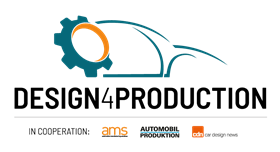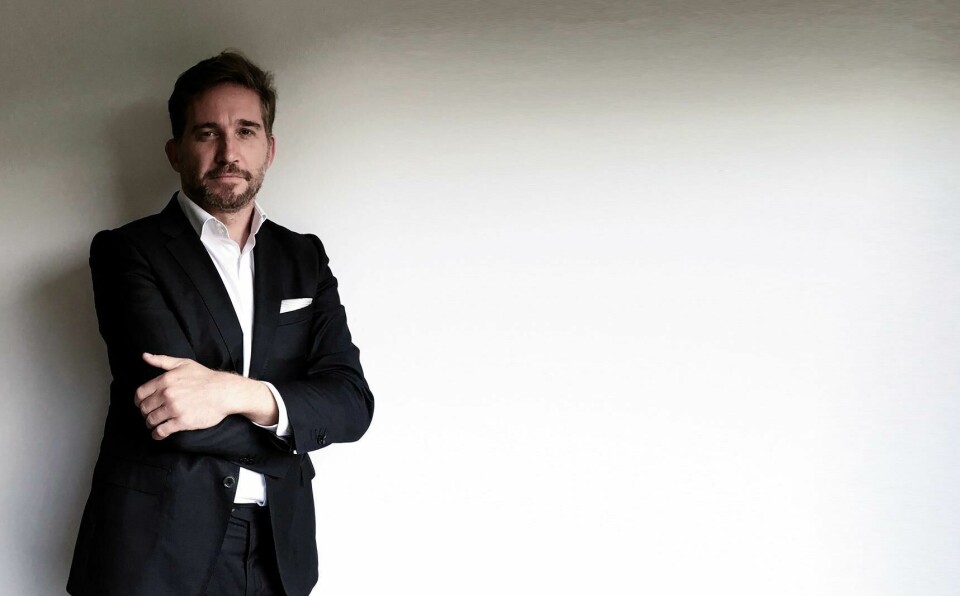
Design4Production: “You can be confrontational or collaborative”
CDN speaks to Tata’s global design director and head of the European Technical Centre ahead of a new event that explores the relationship between design and engineering
When Martin Uhlarik was appointed head of the Tata Motors European Technical Centre, it was a rare example of a designer taking on serious responsibilities relating to production and engineering.
Alongside his role as global head of design, the expanded scope sees him frequently involved in engineering planning meetings where details are pored over and the realities of taking a design from sketch to series production are brought to light.
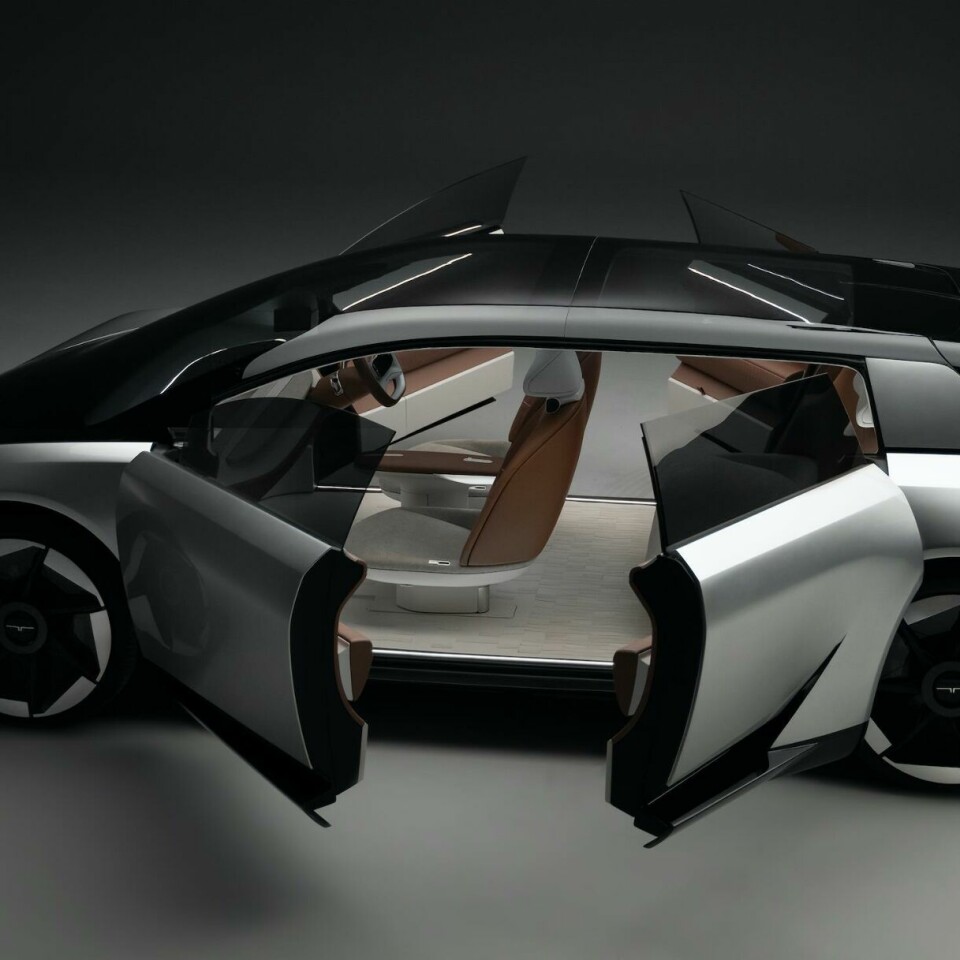
Part of the job comes down to bridging the gap between two historically disparate teams – one group looking very much to the future, and another working with what is realistically possible. But for Tata at least, if not at other brands, there is a blurring of those boundaries and Uhlarik has made it a personal mission to break down silos between design and engineering.
Ahead of the Design4Production conference in Munich next month, we caught up with Uhlarik to get a flavour of the kind of challenges and opportunities that surround the merging of these trends.
Car Design News: What is the relationship like between design and engineering teams today? It is well understood that there is generally an element of friction between those two groups.
Martin Uhlarik: There is, but friction can be a good thing. Designers tend to think quite laterally and are very open minded, whereas for the majority of engineers, getting outside of the comfort zone probably feels a bit less natural. There are obviously exceptions, but the main thing is to get them to work together.
CDN: How do you do that?
MU: When I took over the technical center, which includes the engineering department, the idea was to get both sides to think alike, and we rebranded it to a design tech center. I think that was quite unprecedented from an industry point of view. But the word ‘design’ has been appropriated by a lot of people in the industry, and there’s nothing wrong with that because in the true sense of the word, everybody is designing.
The better that people know each other, the better the results
CDN: So for Tata at least, is the line between design and engineering blurring slightly?
MU: In our traditional design department we are no longer designing the product, we’re designing the experience. We’re thinking about how you interface with the vehicle, it’s not just about making it look pretty, it has to really be functional. That’s a grey zone between the two functions for sure.
When we’re designing a product, it’s creating the platform, developing the proportions, the ergonomics, ingress, egress, the different touch points of the vehicle. There is the question of how you can see outside the vehicle, what information do you see, and how is technology being integrated. That’s something that both design and engineering are doing. We have a packaging department, for instance, which helps to develop platforms and that is now very closely synchronised with design. At the same time, design is also doing a bit of product planning, and understanding social trends.
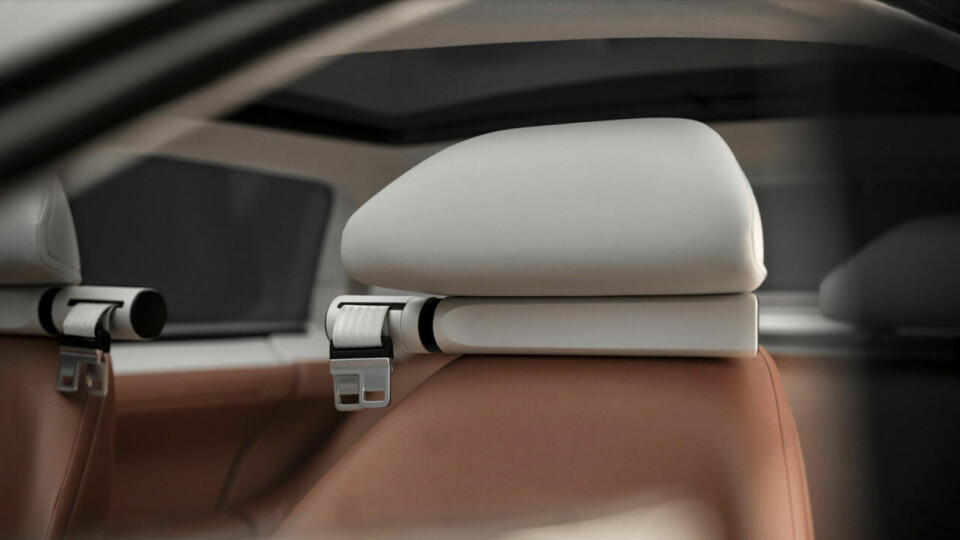
CDN: Why is it important that both sides work together closely?
MU: To put something in production you ultimately need that element of engineering, so both sides of the coin need to be as synchronised as possible and to understand what the objective is, the common goal. This harmonisation means you’re not duplicating work or contradicting each other. You will have discussions and there will be different ideas, but you’re at least collaborating from the beginning. Once you have a clear direction for production, it is kind of trench warfare; you’re fighting over every last millimeter, and there is a daily set of reviews around interior, exterior, body-in-white, trims, lighting, supplier meetings and everything else. But the better that people know each other, the better the results.
CDN: How much of bringing design and engineering together is a social issue, and is it your job to create the culture that supports that?
MU: The first thing is to just to get to know each other. Once you can sit at a table and you’re comfortable with the people that you’re working with, even if you have a different opinion or objective, if you’re negotiating with goodwill you’ll probably get a better result.
Sometimes design proposes something that means you have to approach it with a different engineering solution
For example, the designer might be uncompromisingly saying, “no, the roofline has to be here.” Maybe the engineering team has its own set of requirements and they’re all valid, but ultimately it is a negotiation to figure that out. It’s really about just bringing everybody together to the same table because they all want the same result. You can be confrontational, or you can be collaborative.
CDN: You mentioned the roofline. Have there historically been any other particular sticking points in this respect?
MU: Sometimes design proposes something that means you have to approach it with a different engineering solution, and that gets people outside of their comfort zone. Then there is of course the element of cost. We’re probably more sensitive to that than others due to our spectrum of price points, and so part of it is trying to find a solution that works for us. We saw this with LED lamps a few years ago, for example, which were much more upmarket, and trying to bring them into our segment.
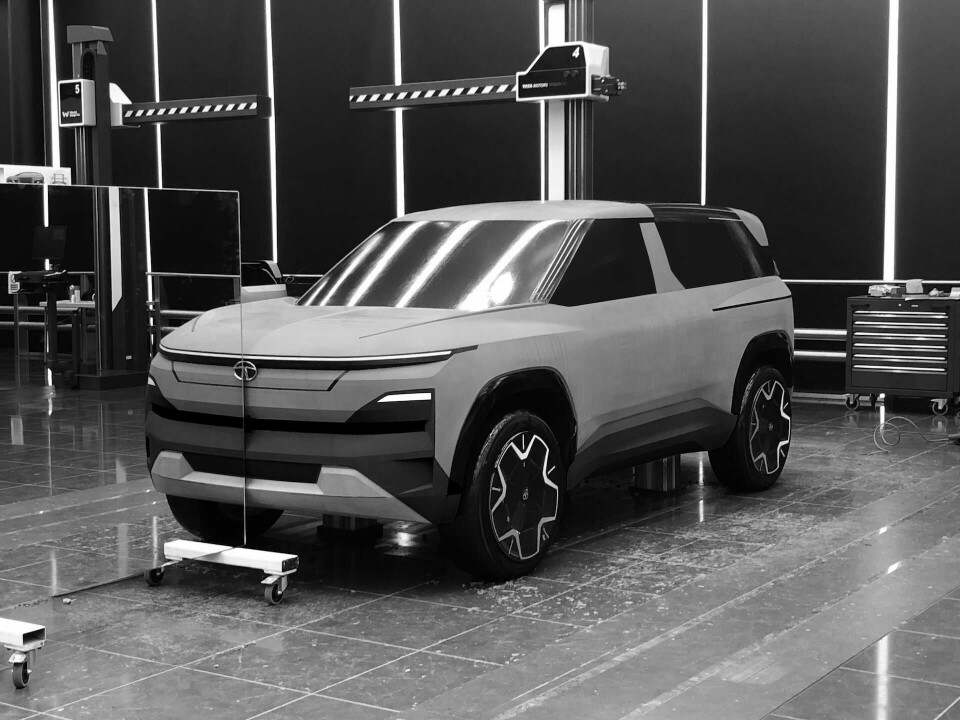
CDN: How are you finding your role across the two groups?
MU: When I was asked to lead the technical centre I did say, “you know, I’m not an engineer.” But that’s exactly why I was asked to take responsibility for that, to literally bring the two sides together to reduce confrontation.
CDN: You didn’t have to take any self defense classes for that, did you?
MU: (Laughs) No! It’s very empowering, and the process isn’t finished. I’m two years into the role and it is still a work in progress, and I figure it always will be a work in progress. You can always make it better, improve the process and improve the results. In many ways you’re never going to get to the finish line as the business of car design is continually challenging us to do more and be better.
